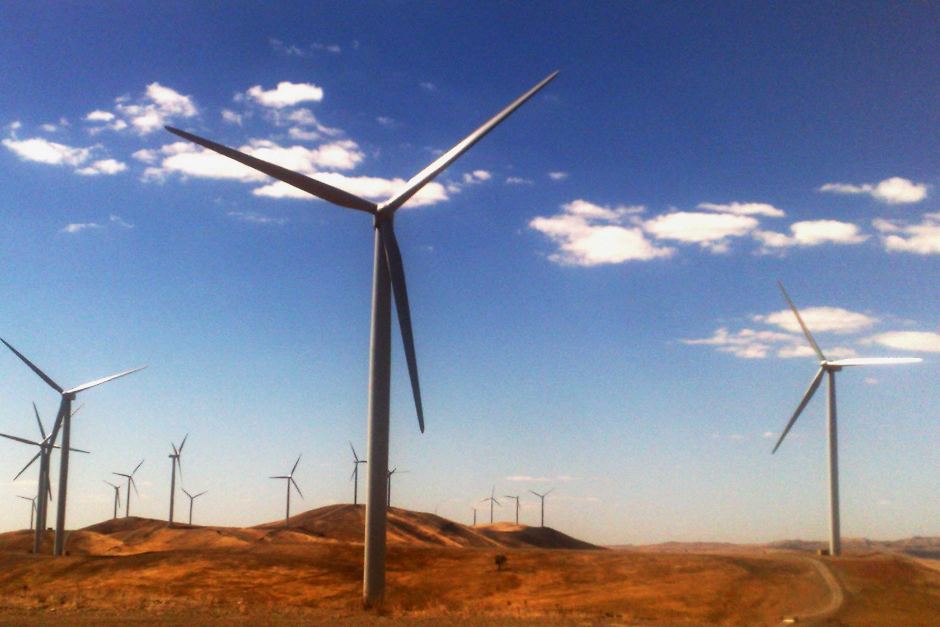Category: Alternative Energy / Environment / Electricity Energy and Utilities / Industry / States and Territories / Federal - State Issues / Government and Politics
Wind farm settings to blame for SA blackout: AEMO
07:46 UTC+8 March 28, 2017 | Nick Harmsen

AEMO is working with industry to build power system resilience. (AAP: Angela Harper)
Overly sensitive protection mechanisms in some South Australian wind farms have been blamed for a catastrophic statewide blackout in September last year by the Australian Energy Market Operator (AEMO).
In its fourth and final report into the September 29 blackout, AEMO said it was the action of a control setting responding to multiple disturbances that led to the 'black system'.
The report said the unexpected operation of the control settings resulted in the sudden loss of generation from the wind farms.
"Had the generation deficit not occurred, AEMO's modelling indicates SA would have remained connected to Victoria and the black system would have been avoided," the report said.
"AEMO cannot rule out the possibility that later events could have caused a black system, but is not aware of any system damage that would have done this."
AEMO has also contradicted its own early advice that the changing nature of South Australia's electricity generation mix played no role in the blackout.
It said the generation mix now includes increased amounts of non-synchronous inverter-connected generators — in other words, wind and solar.
"This generation has different characteristics to a conventional plant, and uses active control systems, or complex software, to ride through disturbances," the report said.
"With less synchronous generation online, the system is experiencing more periods with low inertia and low available fault levels, so AEMO is working with industry on ways to use the capability of these new types of power generation to build resilience to extreme events."
AEMO said as the generation mix continues to change, "it is no longer appropriate to rely solely on synchronous generators to provide essential non-energy system services, such as voltage control, frequency control, inertia, and system strength".
"Instead, additional means of procuring these services must be considered, from non-synchronous generators, where it is technically feasible, or from network or non-network services, such as demand response and synchronous condensers."
The Australian Energy Market Commission is already taking steps in this regard.
- About Us
- |
- Terms of Use
- |
-
 RSS
RSS - |
- Privacy Policy
- |
- Contact Us
- |
- Shanghai Call Center: 962288
- |
- Tip-off hotline: 52920043
- 沪ICP证:沪ICP备05050403号-1
- |
- 互联网新闻信息服务许可证:31120180004
- |
- 网络视听许可证:0909346
- |
- 广播电视节目制作许可证:沪字第354号
- |
- 增值电信业务经营许可证:沪B2-20120012
Copyright © 1999- Shanghai Daily. All rights reserved.Preferably viewed with Internet Explorer 8 or newer browsers.




 Send to Kindle
Send to Kindle